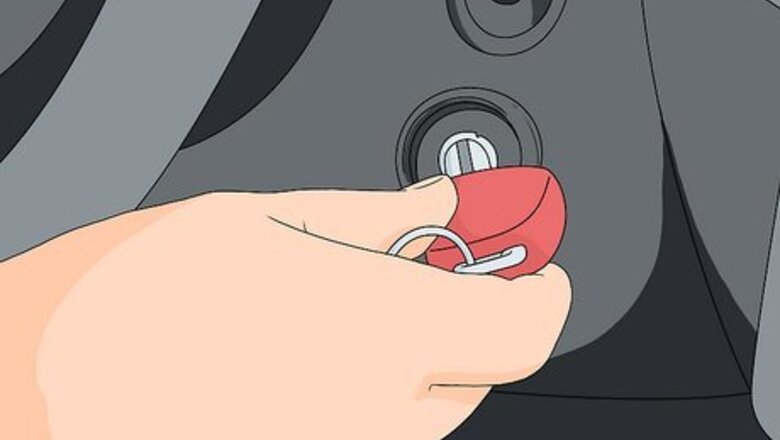
views
- Shut off the engine, wait 10 seconds, then restart the vehicle to see if this resets the reduced engine power light—but this will only work if it’s a signal error.
- Avoid driving your vehicle when the reduced engine power light is on—instead, identify and repair the underlying problem that’s causing the warning light.
- Have a professional mechanic diagnose and repair the problem—only attempt repairs yourself if you’re fully confident in your auto repair skills and knowledge.
Quick Fix
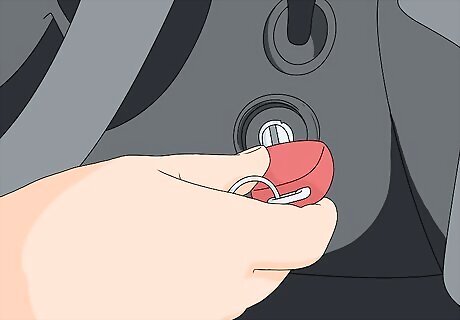
Shut off and restart the vehicle to reboot the electronic system. Modern vehicles are basically computers with wheels, so try the same technique you use for your phone or laptop—reboot it and hope that works! If the problem is a signal error and not an actual fault in the system, shutting off the vehicle for 10 seconds and restarting it may clear the issue. If the light doesn’t come back on and your vehicle drives as normal, everything is probably fine. But it’s a good idea to get your vehicle checked out by a mechanic sooner rather than later.
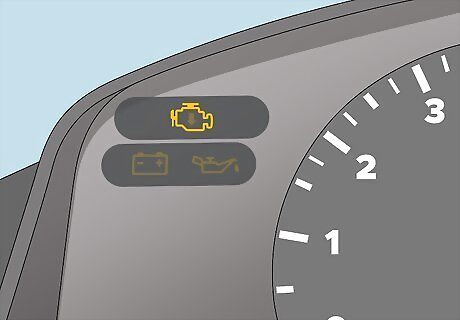
Take the vehicle in for repairs ASAP if the light comes back on. If the reduced engine power light returns immediately or shortly after you restart the vehicle, it’s not just a signal error—instead, you have a genuine issue that needs immediate attention. And this is rarely a DIY-friendly issue for the average vehicle owner. Your best bet is to have the vehicle checked and repaired by a trained professional. Don’t bother trying to restart the vehicle again if the light comes back on after the first try. That’s your sign that there’s a bigger problem at hand.
Can you drive with reduced engine power?

You may be able to drive slowly, but only do so if absolutely necessary. Your vehicle will only operate at low speed and with minimal performance in reduced engine power mode, which makes attempting to drive dangerous in and of itself. Additionally, driving the vehicle risks causing extensive (and expensive) damage to the engine and/or electrical system—reduced engine power mode is definitely not complete protection against this. If you’re at home or parked in a safe place when this problem arises, call to have your vehicle towed to a garage. Don’t try to drive it there yourself. Drive only as far as you must to get to a safe location—driving to a nearby parking lot instead of stopping on the side of a busy road, for example. Then get a tow.
What is reduced engine power?
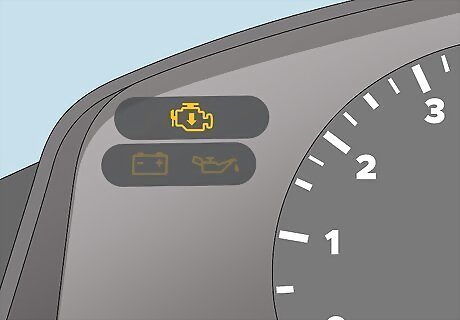
Reduced engine power is a “safe mode” meant to protect your engine. The reduced engine power light comes on when your vehicle’s computer system senses an error or problem that could lead to significant engine damage. The system attempts to protect the engine by going into a low power mode. In addition to the dashboard light—usually a text warning like “low engine power” or the “check engine” symbol with an down-pointing arrow beneath it—you’ll notice impacts like the following: Your vehicle may throttle down significantly, making it impossible for you to drive at anything beyond a very slow speed. (This is why you’ll hear this referred to as “limp mode.”) Instead of just slowing down, your engine may in fact shut down completely. If you’re on the road when this happens, you have no choice but to coast to the side of the road and turn off the vehicle. Non-essential electrical systems in your vehicle, like the audio system, interior lights, and so on, will almost certainly shut down as a power-saving measure.
What causes reduced engine power?
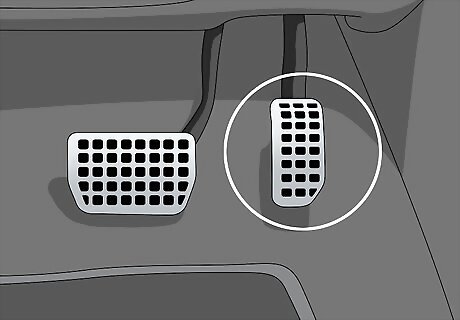
Reduced engine power can be caused by a long list of issues. This isn’t a very satisfying answer, but it’s the honest one! Some causes are more common than others, especially with particular vehicle makes/models, but the list of possibilities is practically endless. Here are some of the most common causes: Problems with the throttle actuator control (TAC) system, including bad circuitry, faulty sensors, or mechanical issues. Failures in the clutch system, faulty oxygen sensors, or loose engine cables, wires, or hoses. Damage to the accelerator pedal, which contains sensors.
Diagnosing the Problem
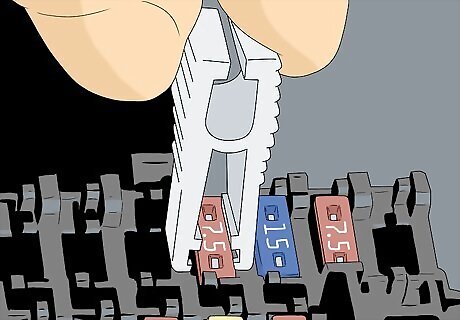
Check the vehicle’s wires, cables, and belts if you have the know-how. Something as basic (but vital) as a frayed wire or a loose belt can cause a reduced engine power signal. If you have moderate or greater vehicle repair skills, go ahead and check all the wires, cables, hoses, belts, and other connectors for damage or disconnections. If you’re a typical DIYer, however, play it safe and have a professional mechanic do the diagnosis and any repairs. Check the fuses at the fuse panel as well. With your owner’s manual as your guide, identifying and replacing a bad fuse is manageable for the average DIYer.

Use an OBD-II reader to identify the likely problem. Buy or borrow an OBD-II reader, connect it to the designated port (according to your owner’s manual), and use the reader (according to its instructions) to get a diagnostic code from your vehicle’s computer. Search the internet for the given diagnostic code to learn about the problem. If the reader displays code P2135, for example, search online for “DTC P2135” or head to a website that offers a searchable list of DTCs (diagnostic trouble codes) for OBD-II readers. Code P2135 refers to mismatched readings between two throttle position sensors, which is one of the more common triggers for a reduced engine power light. Even if you have no intention of attempting the repair yourself, using a OBD-II reader is an easy way to figure out the likely problem before taking your car to a repair garage.

Take the vehicle to a pro for repairs (unless you have advanced skills). Be honest with yourself about your vehicle repair capabilities here! It’s easy to cause even more damage, leading to an even larger repair bill, if you’re not sure what you’re doing under the hood. For example, if you do get code P2135, the repair may be a 30+ step process that’s beyond the capabilities of all but truly seasoned DIYers.














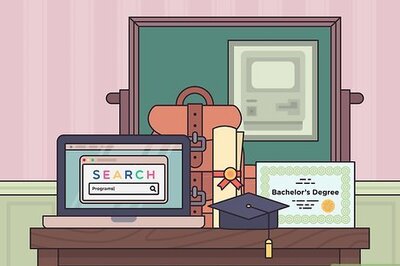



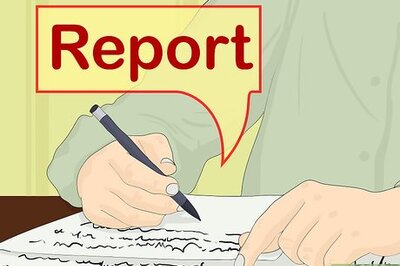
Comments
0 comment